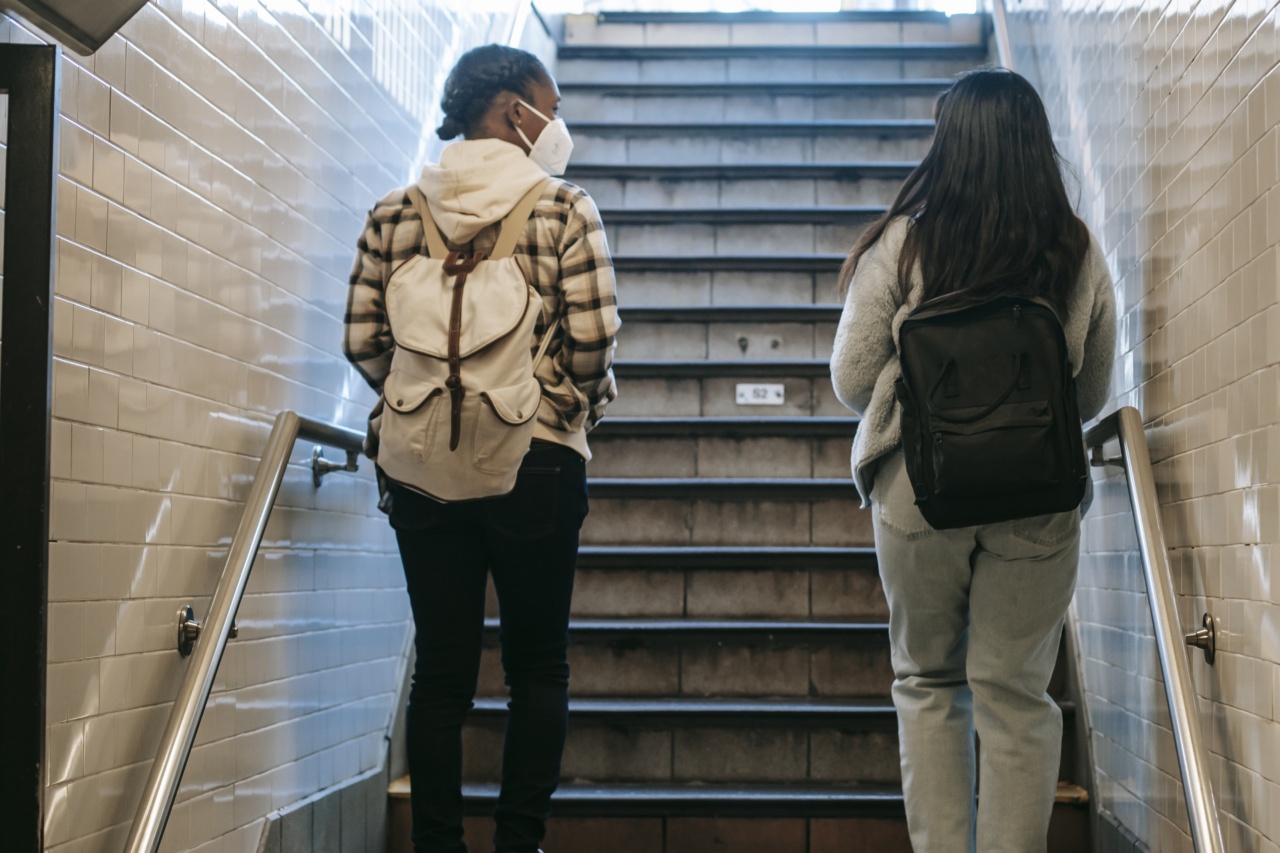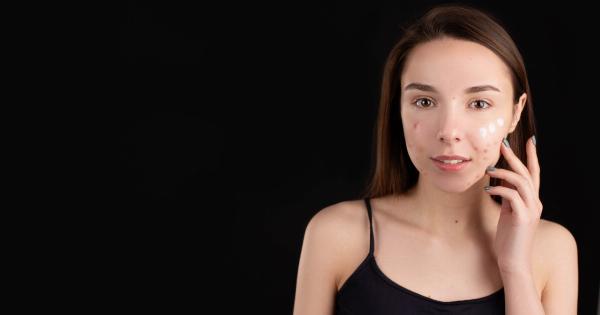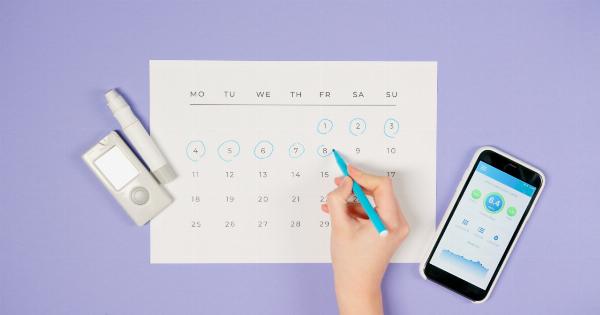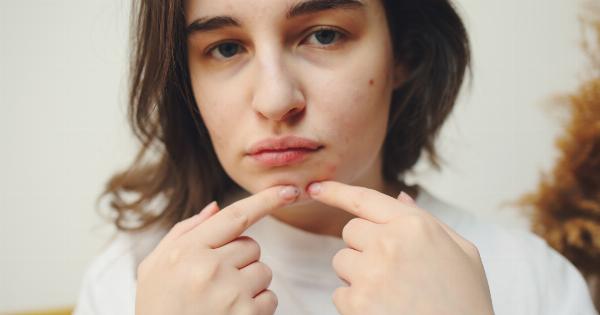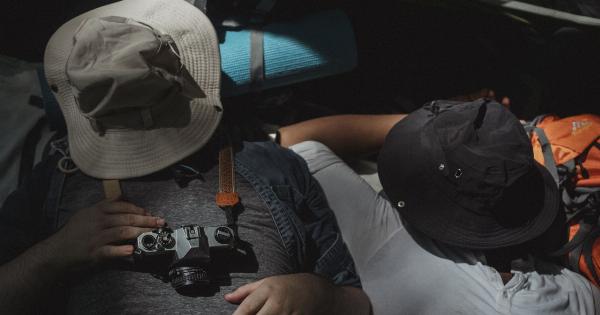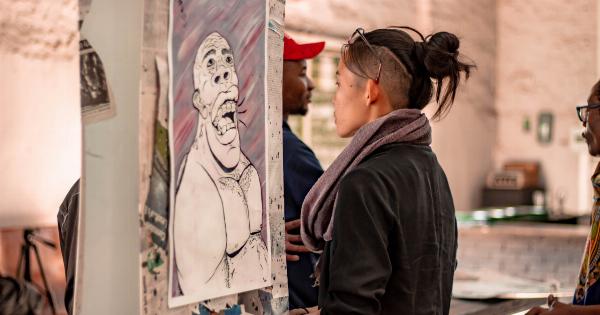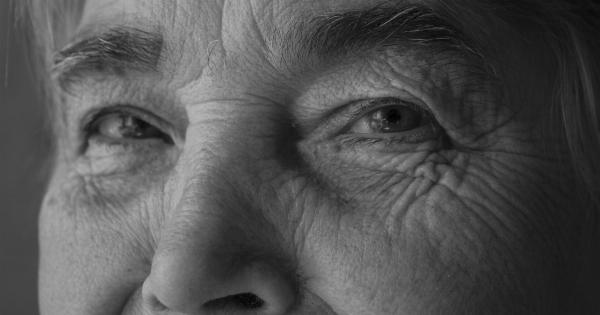Pimples can be a nuisance, and the temptation to pop them can be quite strong. However, popping a pimple incorrectly can introduce infection and exacerbate the problem instead of resolving it.
In this article, we will discuss the best way to pop a pimple without introducing infection.
Understanding the Anatomy of a Pimple
Before we delve into the method of popping a pimple without causing infection, it is essential to understand the anatomy of a pimple. A pimple is a result of clogged pores caused by excess sebum production, dead skin cells, and bacteria.
When these elements combine, they lead to inflammation and the formation of a pustule or a papule on the skin.
The Dangers of Popping Pimples
While it may be tempting to squeeze or pop a pimple, it is crucial to understand the potential risks associated with this action. When you pop a pimple, you risk introducing bacteria from your fingers or nails into the open wound.
This can lead to an infection, which can worsen the pimple or even result in a more severe condition, such as cellulitis.
Preparing for Pimple Popping
Before attempting to pop a pimple, it is necessary to prepare the area properly. Here are a few steps to follow:.
Step 1: Wash Your Hands
Prior to touching your face or the pimple, thoroughly wash your hands with soap and warm water. This step helps eliminate any bacteria or dirt present on your hands, reducing the risk of introducing them to the pimple.
Step 2: Cleanse Your Face
Gently cleanse your face with a mild cleanser. This step helps eliminate any surface impurities or excess oil that may hinder the pimple popping process. Avoid harsh products as they can irritate the skin further.
Step 3: Apply a Warm Compress
Applying a warm compress to the pimple can help soften the skin and open up the pore, making the extraction process easier and less damaging to the surrounding skin.
Soak a clean cloth in warm water, wring out the excess moisture, and hold it against the pimple for 5-10 minutes.
The Correct Method of Popping a Pimple
Now that you have properly prepared the area, it is time to learn the correct method of popping a pimple:.
Step 1: Disinfect the Pimple
Using a clean cotton swab or pad soaked in rubbing alcohol, gently disinfect the pimple to minimize the risk of infection. This step is vital in preventing bacteria from spreading further on the skin.
Step 2: Use a Sterilized Needle or Extractor
Using a sterilized needle or extractor specifically designed for pimple popping, gently pierce the tip of the pimple. Ensure that the tool is properly sterilized to minimize the risk of introducing new bacteria to the area.
Step 3: Apply Even Pressure
With clean hands, apply gentle and even pressure around the base of the pimple. Avoid pressing too hard or squeezing the pimple forcefully, as this can cause further damage to the skin.
Step 4: Stop If Resistance Is Felt
If you encounter resistance while trying to squeeze the pimple, do not force it further. This resistance may indicate that the pimple is not ready to be popped, and attempting to do so can lead to more harm than good.
Step 5: Cleanse and Apply Topical Treatment
After successfully popping the pimple, cleanse the area again with a mild cleanser and warm water.
Gently pat it dry with a clean towel and apply a suitable topical treatment, such as benzoyl peroxide or salicylic acid, to help prevent further inflammation and promote healing.
Post-Pimple Popping Care
Once you have successfully popped a pimple, it is crucial to take proper care of the area to prevent infection and promote healing. Here are a few essential post-pimple popping care tips:.
Keep the Area Clean
Regularly cleanse the area with a mild cleanser and warm water to keep it free from bacteria and impurities. Avoid using harsh or abrasive products that can irritate the skin and delay the healing process.
Avoid Touching the Area
Resist the urge to touch or pick at the popped pimple, as this can introduce new bacteria and prolong the healing time.
Keep your hands away from your face, and if necessary, consider using a hydrocolloid bandage to protect the area from external contaminants.
Apply Ointments or Creams
Consult with a dermatologist or healthcare professional to determine the appropriate ointments or creams to apply to the popped pimple. They can recommend products that help soothe the area, reduce redness, and promote faster healing.
Be Patient
Healing takes time, and it is essential to be patient with the process. Avoid trying to pop or extract anything further from the area, as this can delay the healing process and potentially lead to scarring.
Conclusion
Popping a pimple without introducing infection requires proper preparation, technique, and post-pimple care. By following the correct method and taking necessary precautions, you can safely and effectively address a pimple without worsening the problem.
Remember, if you are unsure or uncomfortable with popping a pimple yourself, it is always best to seek advice from a dermatologist or skincare professional.
